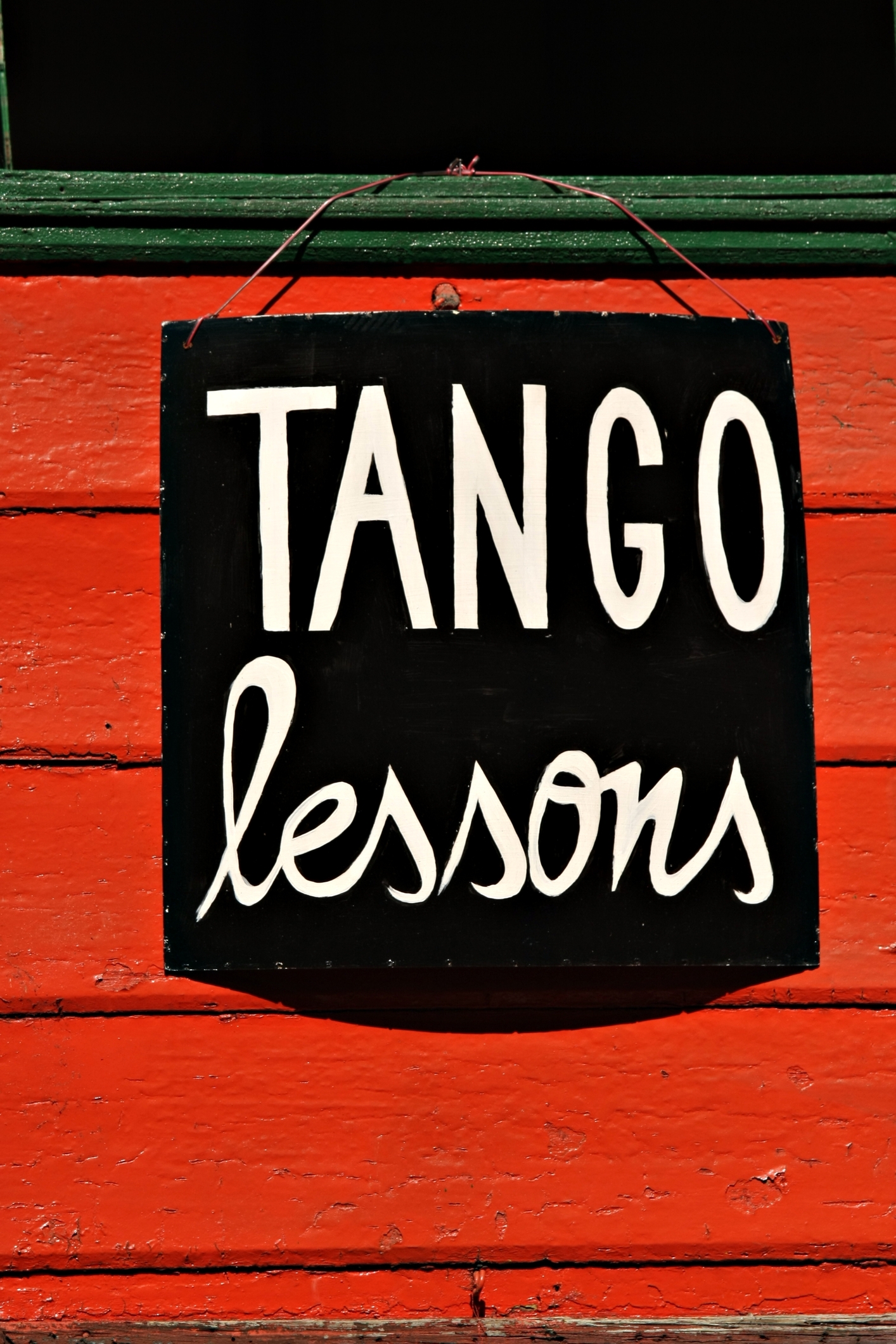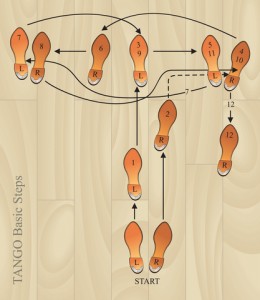
“Whatever you can do or dream you can do…begin it! Boldness has genius, power, and magic in it.” Johann Wolfgang von Goethe
Enlightened Leadership is about action, not position or title or entitlement. Decisive action is the key to any decisive victory. It begins with believing in something meaningful to the business organization, and acting on that belief. For those who see Enlightened Leadership as a soft concept, nothing more than Sunshine Supermen sitting around listening to Donovan’s “Mellow Yellow,” wrong you are, when you are…Guess Again!
Enlightened leaders move swiftly, out-maneuvering their competition with precision. There is an old Italian saying: “Chi si ferma e perduto.” (when translated to English) “He who hesitates is lost.” It’s a truism in life and in business. In French, “Celui qui hesite est perdu.” In Spanish, “El que duda esta perdido.” In any language, the first product or service to market wins, and dominates the marketplace 96.69% of the time.
Take the first steps toward greatness. Be a bold leader. Become the market dominator, armed with an arsenal of resources produced by your ability to create a thoughtful, risk-accepting organizational culture supportive of innovation and investments for the future.
Unfortunately, traditional corporate cultures are petrified forests of apathy and in-decision, a culture of fear, disdain, fatigue and boredom, negativity, conformity and complacency, reinforced by the executive hierarchy, sadly inherited by the emerging leaders of tomorrow. Traditional corporate cultures, especially in the mature stage of the business life cycle, can become increasingly rigid and risk-averse. Entrenched behaviors and cultures kill the innovative spirit of your people.
In the new age of enlightenment, I believe that there is a better way. We’ve explored many other dimensions of what it means to be an Enlightened Leader: Being open-minded, empathic, High EQ (emotional intelligence) intuitive, actively listening and observing, having a sense of purpose, a willingness to act thoughtfully, and so on. Another important dimension of being an Enlightened Leader is “Being Bold.”
Be bold because innovation requires taking risks. Nurture, support, and cultivate an organizational culture that makes space for innovative insights. To create the business of tomorrow, you must break-down the inhibitors of change today.
While always considering the risks involved (bolstered with contingency plans) Enlightened Leaders are Napoleonic in their fearlessness, relentlessly fearless in the face of overwhelming odds, in the pursuit of their dreams. “Cogito ergo zoom!” (I think, therefore I go fast!) Create a pluralistic culture of bold, free-thinking, decision-makers who deliver decisive actions and results for the good of all.
Understand the idea here is not to replicate Napoleonic leaders through-out your organization. The point is to take one of Napoleon’s most brilliant strengths: a willingness to act boldly and decisively when perceiving the opportunity to do so.
To quote Napoleon: “Ability is nothing without opportunity.” Those opportunities come from the organizational culture that you’re willing to create. In essence, you can create your own opportunities.
In sharp contrast, King Louis XVI (incapable of decisive action, preferring personal interests to the interests of the people) was executed during the French Revolution, just as Napoleon was rising to power.
Yet, the genius of being bold has been abandoned by most so-called “modern business leaders and organizations.” Why? Closed organizational cultures are oppressive and suppressive, causing people to fear political and career retaliation for speaking-up. Remember, silence foreshadows failure.
Ask yourself these questions: Do you have the audacity to challenge yourself and the systemic leadership behaviors within your organization? Are employees at all levels overwhelmed by your leadership’s short-sightedness? Can you survey the whole battlefield? Can you see your strategic advantages by looking at your organizational weaknesses?
Believe in something or you stand for nothing. Anything less is to live without true commitment or conviction.
Here’s a simple way to assess the state of your organizational culture. When you arrive at the next “important internal meeting” look around the room. What do you see? Is the meeting room alive with energy and ideas, or do you see a roomful of the living dead, zombies everywhere you look? Enlightenment can be frightening!
{This section is mostly intended for historical interest and reference points: As polarizing as any discussion about Napoleon can be, his bold vision and brilliant strategies are inarguable. Napoleon was hated by his enemies but respected by them at the same time. The Duke of Wellington, Sir Arthur Wellesley, when asked who he thought was the greatest general who ever lived, answered “In this age, in past ages, in any age, Napoleon.”
Born Napoleone di Buonaparte on the island of Corsica, only one year after Corsica was transferred to France by the Republic of Genoa, he later adopted the more French-sounding Napoleon Bonaparte.
Introducing a plethora of innovative strategies, Napoleon’s victories were more decisive than anyone had experienced before. Exporting revolution to the rest of Europe, the movements of national unification and the rise of the nation state, Napoleon’s religious policy emancipated Protestants to an equal status with Catholics. The Concordant of 1801 contained principles that served France for the next 100 years.
The Napoleonic Code was a “revolutionary project” embraced by much of Europe, instituting several lasting reforms, including: centralized administration of the departments, higher education, a tax system, a central bank, civil and criminal law codes, road/bridge/sewer systems, breaking the back of feudalism, and remained in force long after Napoleon’s defeat. Credit Napoleon for reorganizing the Holy Roman Empire, streamlining a thousand entities into 40 nation states. In mathematics, Napoleon’s Theorem is still used today.
Many in the international community still admire the many accomplishments of the self-made emperor, and celebrate his legacy. Moreover, many probably wish Napoleon had achieved his unrealized goal: To make it a law that only those lawyers and attorneys who win their cases should receive fees. How much litigation could have been prevented by such a measure! This is a brilliant idea, wouldn’t you agree?}
Now that you know about the “Genius of Being Bold” do you have what it takes to start your own innovation revolution?
- Get the framework and the tools to move beyond current impasses
- Be prepared to get uncomfortable for awhile
- Time to remove the handcuffs, the shackles, and the blinders
- Get out of the state of denial
- Confess the Machiavellian truths about “business as usual”
- Challenge the complacency of day-to-day routines
- Implode the cannons defending the status quo
- Set yourself (and your organization) free
- Deliver the core message of change as revolutionary, thoughtful, and resilient
- Ignite the thinking revolution
- Order a call to arms throughout your organization
- Renounce the tranquility of repetition
- Everyone is an innovator / Everyone is a change agent
- Be prepared to look at yourself as you look objectively at your culture
- Time to create the future you want for your business
- Empower people to think critically, question relentlessly, act boldly
- Move your business from complacent to competitive!

In partnering with our Vitalia Consulting clients, our consulting methodology is purposely designed to identify the challenges and discover the possible solutions together:
- We Listen and Assess. Where is the organizational culture relative to the business?
- We Partner and Facilitate: Strategic Vision and Strategy Process
- We Partner and Facilitate: Overcoming obstacles on the road to victory
- We Lead and Facilitate: Leadership Coaching Sessions (Group and Individual)
- We Lead and Facilitate: Leadership Learning Sessions
- We Partner and Facilitate: Individual and Organizational Behavioral Shifts
- We Partner and Facilitate: Creating an “immersive” sense of place, of home for everyone within your organization
- We Partner and Advise: Sustaining the Vision over time.
By the way, this is not done by simply having an annual PowerPoint Presentation!
Be a bold, enlightened leader. This is a better way of building organizational capability. As the speed of organizational behavioral change accelerates, critical thinking, questioning, inventing, and exploring become business priorities.
The future of high growth business belongs to those (leaders and organizations) who can adapt and grow, who lead with boldness. You’ll need the tools to move beyond your current impasses.
Understand the boldness of these assertions because without revolution nothing changes. Remember, powerful words backed by powerful actions is a catalyst for true change. Strategically placed Enlightened Leaders are vital to your organization and to your business. After all, there’s a little Napoleon in every one of us. Liberte! Egalite! Fraternite!
Marc Ortiz de Candia, Executive Partner, Vitalia Consulting
To learn more about how we can work together, go to the partnering page at vitaliaconsulting.com and complete the contact form. Let us know how we can help you, or someone you know. Every relationship begins with a conversation.
















